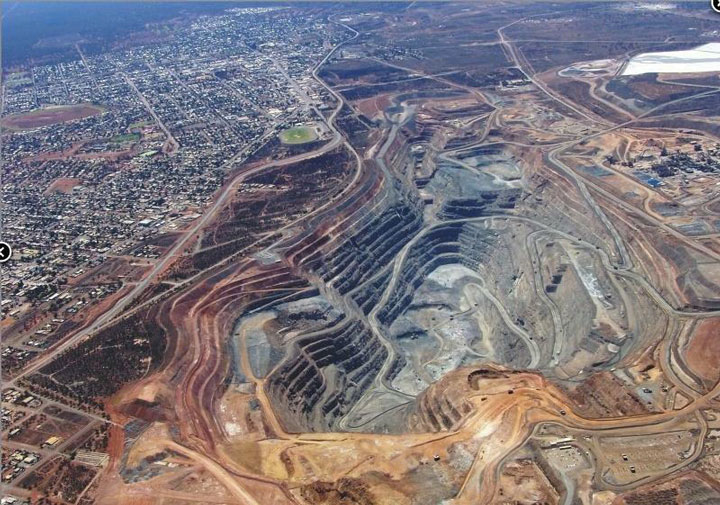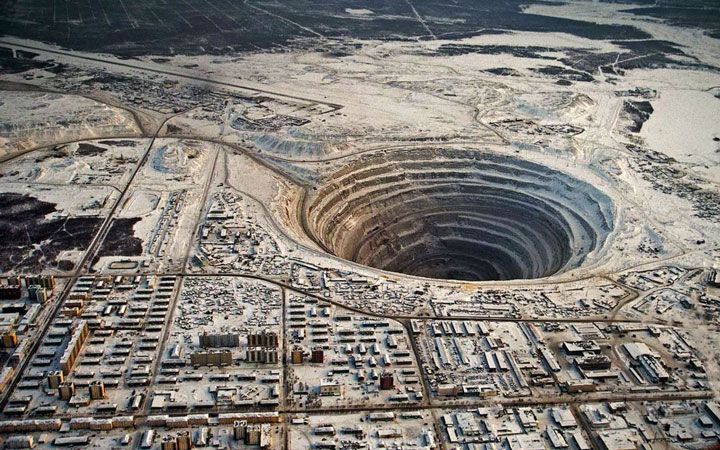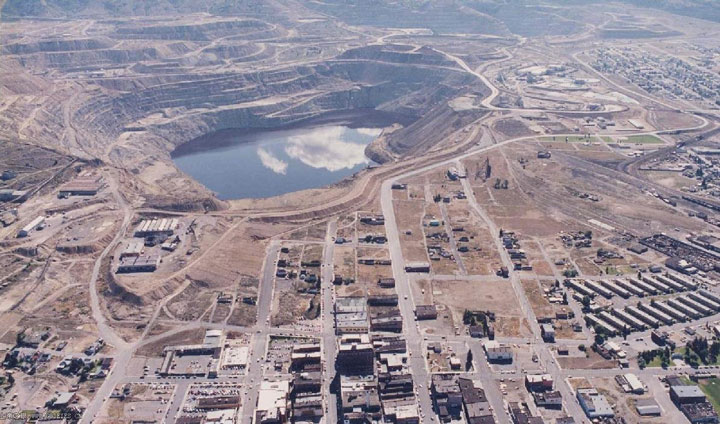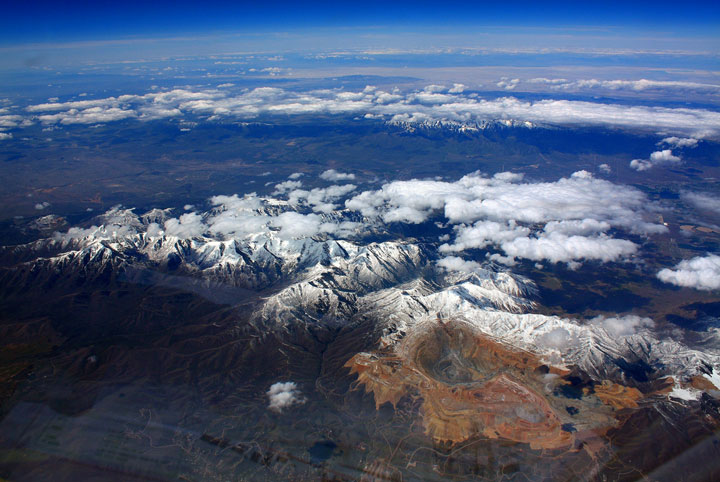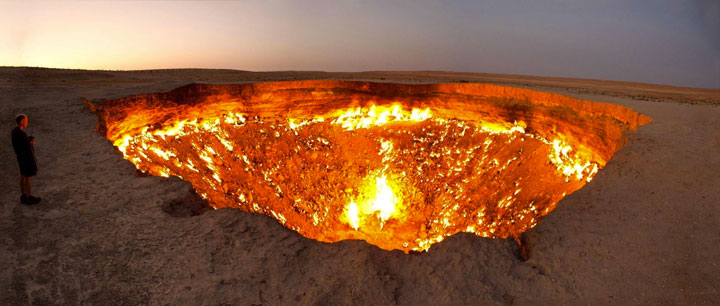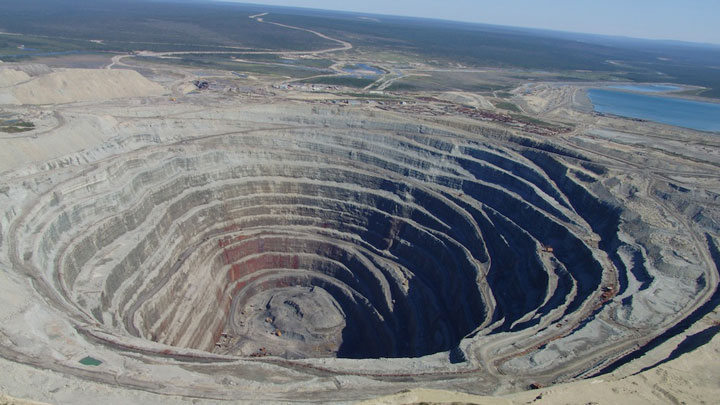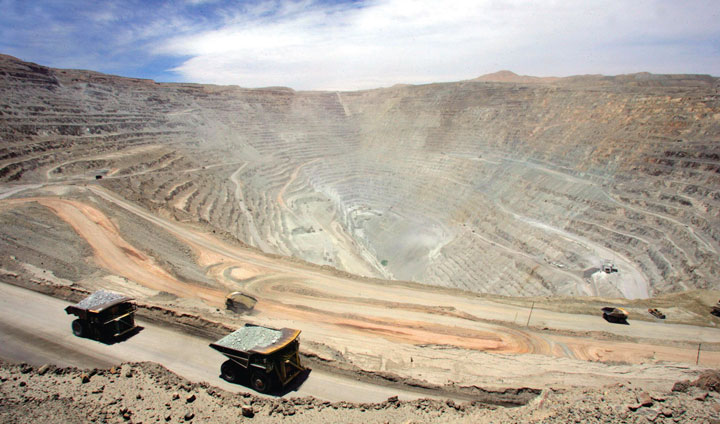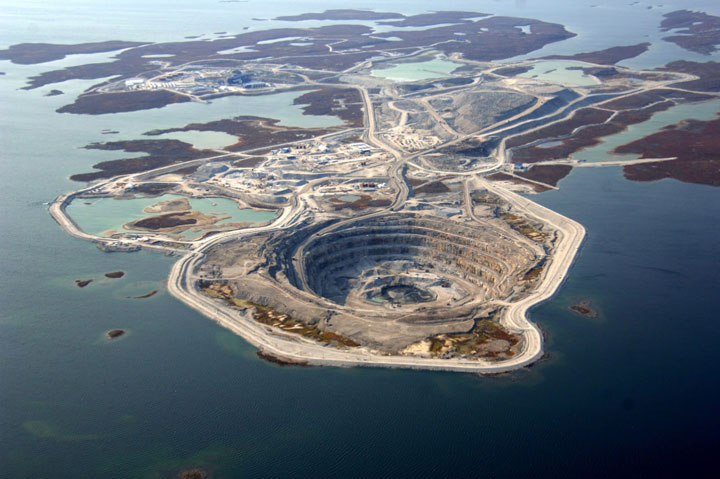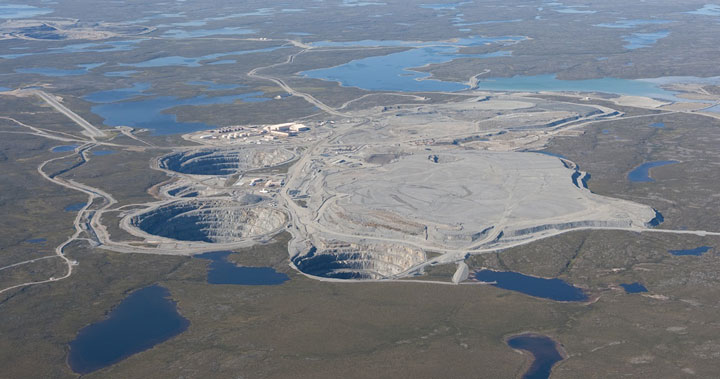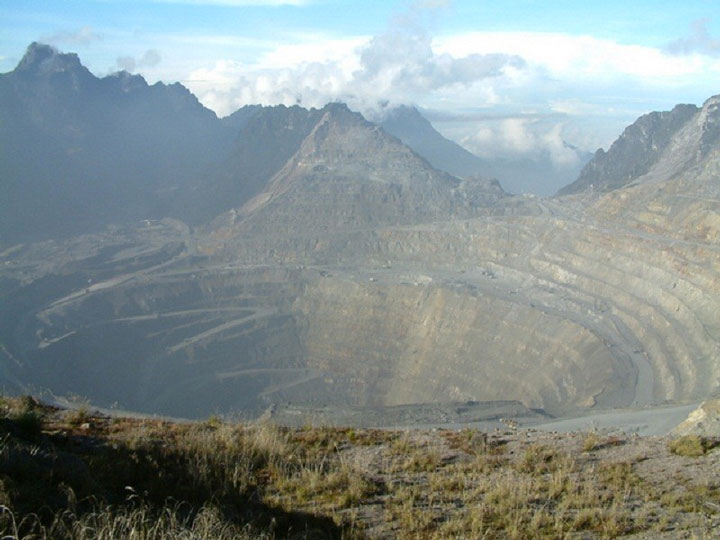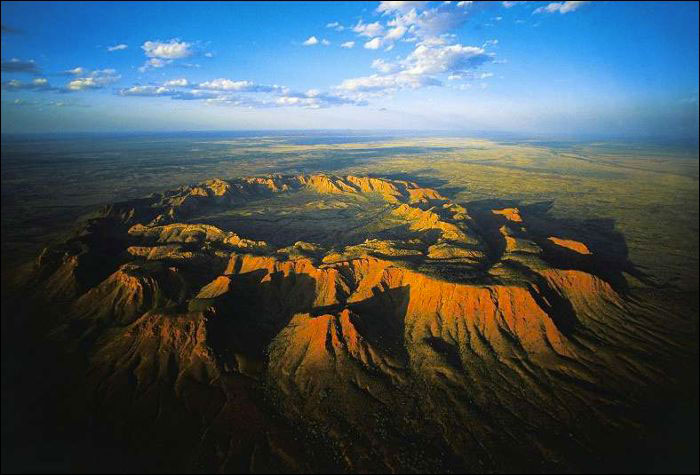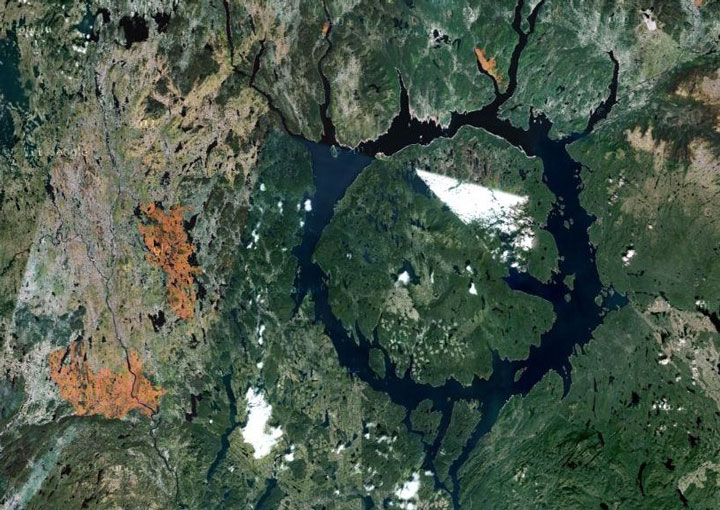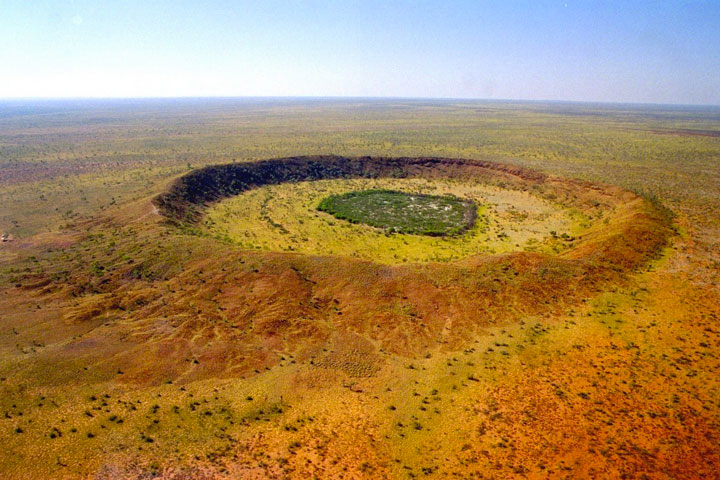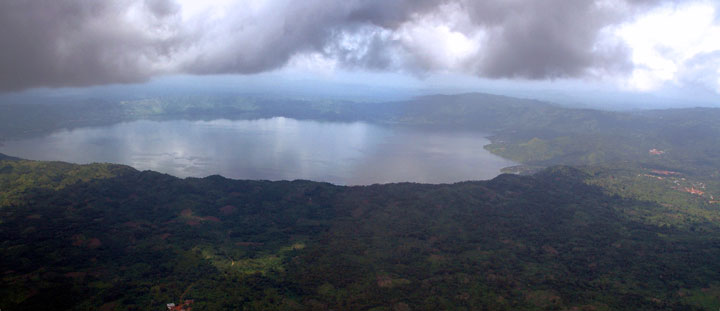Whenever we think about the natural landscapes on our planet we imagine mountains, oceans or forests. However, we often forget that earth also contains some gigantic craters and few among them are even visible from the space. These cavities may be created as a result of man made or natural activity, for example, Meteorites activity, mining for diamond or volcanic activity. Discover these huge craters that have beautified the surface of our planet.
1. Mir or Mine Mirny, Yakutia, Russia
In the 60s, this diamond mine was capable of producing more than 10 million carats or in other words, 2 tons of diamonds per year! Opened since 1957, it has been two years since the mine is closed. With 525 meters of depth and 1200 meters diameter, this is the largest mine in the Soviet Union. Even helicopters are prohibited from flying over the mine as the airflows caused by the mine can suck the helicopter down!
2. Berkeley Pit, Montana, United States
This old copper mine was operational from 1955 to 1982. Groundwater began to fill the pit with time. The water has now reached a depth of 270 meters and has a pH value of 2.5 which is as acidic as Coke or Pepsi !
3. The Bingham Canyon Mine, Utah, United States
The deepest open pit mine in the world works since 1906! With its depth of 970 meters and diameter of 4 kilometers, it produced in 2004 no less than 17 million tons of copper, 715 tons of gold, 5900 tons of silver and 386 kilotons of molybdenum. We understand why it is so impressive! The mine is expected to continue to operate until the 2030s.
4. Crater Darvaza, nicknamed ”the gate of hell”, Turkmenistan
This exceptional hole is located in the desert of Karakum. It was during Soviet mineral exploration in 1970 that a team of geologists accidentally pierced the underground cavity. The collapse of the rig created a huge hole in the ground. To avoid the risk of explosion or air pollution, the geologists decided to put fire to it. However, the well continues to burn without interruption since that day gas reserves have not yet finished!
5. Udachnaya pipe, Russia
This diamond deposit was discovered by Vladimir Shchukin and his team in 1955. Today is the third deepest mine in the world (600 meters).
6. Chuquicamata, outside of Calama, Chile
The Chuquicamata mine is the largest and the second deepest open pit copper mine in the world. With a diameter of 2790 meters and a depth of 850 meters, it was opened its doors in 1882. Chilean copper still represents almost a third of all exports.
7. The Diavik Diamond Mine, Canada
The area was explored studied in 1992 and the open pit mining began production in 2003. In March 2010, the transition from the open pit to underground mining started and was was completed in 2012.
8. The Ekati Diamond Mine, Canada
This mine is the first Canadian mine to produce diamonds. Opened in 1998 and 200 miles to the south of the Arctic Circle, it produces about 6% of the world diamond market share.
9. The Grasberg mine, Indonesia
Mine Grasgberg is the largest gold mine and third largest copper mine in the world. It is about 4100 meters above the sea level in one of the most remote areas of West Papua. In 2006, it produced more than 610.8 tons of copper, 58.47 tons of gold and 174.46 tons of silver!
10. Super Pit, Kalgoorlie, Australia
This open pit gold mine is 3.8 kilometers long, 2 kilometers wide and 400 meters deep, which makes it the largest gold mine in the open country.
11. Vredefort Dome, South Africa
Vredefort Dome is the second largest crater known to be created by an asteroid impact and is 2 billion years old. The asteroid that caused the crater had an estimated diameter of 10-15 km and created a hole of approximately 300 kilometers in diameter! The site is now included in the list of the World Heritage sites of UNESCO.
12. Manicouagan crater, Canada
This meteorite crater was created more than 215 million years. Today nicknamed “Eye of Quebec”, it was flooded by the construction of the dam Daniel-Johnson on the river Manicouagan. Its diameter is now estimated to be 72 km.
13. Wolfe Creek Crater, Australia
This crater located in Australia measuring 875 meters in diameter and 60 meters deep. It was created by the impact of an asteroid of 500 000 tonnes that took place about 300,000 years ago!
14. Shoemaker crater, Australia
Another crater situated in Australia! Today, the area of meteorite impact is covered by several salt lakes. The age of the impact is not yet fully determined which is around 1.63 billion years old!
15. Lake Bosumtwi, Ghana
Lake Bosumtwi is the only natural lake in the country. The lake created by meteorite impact has a diameter of 10.5 km, and its estimated age is 1.07 million years. The local population considers it to be a sacred place where the souls of the dead come to bid farewell to the god Twi.
The dimensions of these craters and mines are just simply awesome! We really would like to be able to see them with our own eyes. How would you feel if you find yourself at the bottom of one of these gigantic craters?
